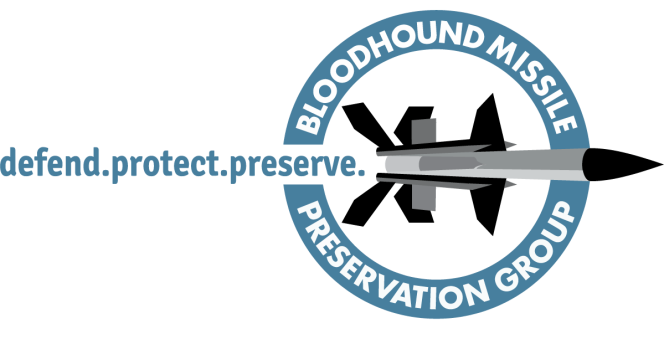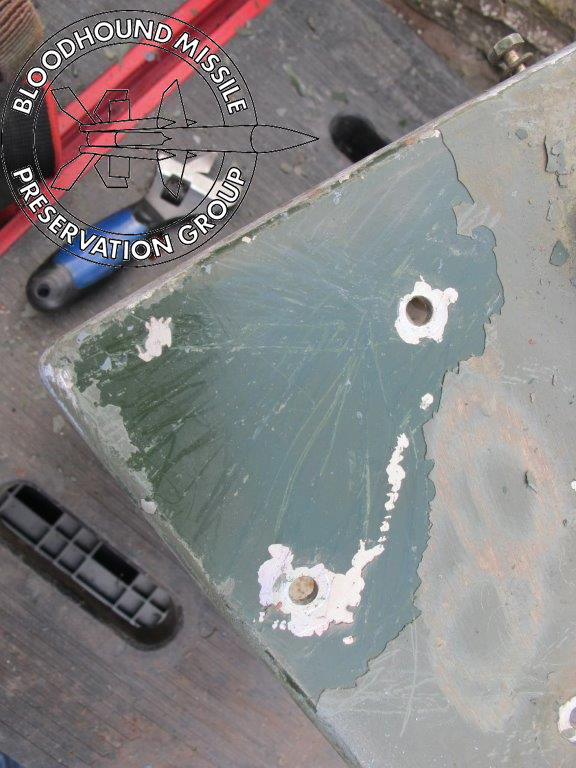25th August
As restoration work proceeds on the T86 a lot of ‘small’ items need to be refurbished or replaced. Typical are the many corroded machine screws, bolts, nuts and washers. The threads used on the T86 are UNC and UNF as on the LCP except the LCP also had some metric sizes. UNC/UNF items are available but due to cost will be replaced by stainless metric sizes where possible. Stainless nuts and bolts are substantially cheaper than UNC/UNF bolts. A metric replacement option though is not always available, e.g. where an item is an obsolete UNF threaded catch, in this case we have to restore what we have. This image shows the UNF machine screws with one screw being re threaded to make good.

While here you see the original steel spring with its stainless replacement, components from a chiller unit cover.

The original catch had a low grade stainless machine screw, a steel locking nut and steel spring, hence the corrosion caused by these items. The original machine screw has a slotted/hex head which cannot be sourced with a UNF thread these days (metric machine screws can) so it is a case of ‘make do and mend’.
This image shows the inside surface of the roof switch cover after application of a corrosion treatment which will turn black over time.

It is planned to paint this inside surface with cream Hammerite as per the original colour. A challenge on the cover is to remove a sheared machine screw, some Cobalt tipped drills are on order to ‘hopefully’ help remove the sheared remains.
The T86 roof ladder has two wooded components, a retractable handle and end stops for the upper ends of the ladder rails.Here you will see one of the original end stops and its replacement, obviously not wood!

The original wooden end stop has gone beyond the rotten stage and can be best described as fossilised, its structure now more like balsa wood. The replacement is a current, plastic, ladder end stop which will be used until time is available to remanufacture wooden ones to the original pattern … any volunteers please??
27th August
Work has continued on preparing the door side of the cabin for a repaint by removing more of the old sealant along the top roof join and closing up the holes for the wooden rubbing strip securing bolts. Ours is an ex Swedish radar that had the wooden rubbing strips along the top of the cabin whereas the original RAF T86’s did not. Replacing the rubbing strips is something for the future once the rest of the T86 is restored. The accompanying photo from today shows a section of the roof join where the sealant has been removed and the blanking rivets are in place.

Preparation of the roof ladder for a repaint is complete after the delivery of some more anti corrosion primer. See accompanying photo.

The roof switch has been removed for corrosion treatment, painting and a service of the mechanism. The plan was to carry out this work with the switch in situ but it was decided that it fell in to the ‘to awkward’ basket. Shortly after acquiring the T86 we had to remove the roof switch due to problems with the Castel key and the mechanism generally. In refurbishing the T86 some things have to work, the roof switch being one of those ‘things’ as we needed to get the aerial brakes off. The roof switch is secured to the cabin wall by four bolts but only one was in position, a second bolt had sheared so another reason to remove the roof switch was to remove the stud left in the cabin wall from the sheared bolt. This photo shows the cabin front wall with the roof switch removed.

And here are the internals of the roof switch.

I am pleased to report that the remains of the sheared bolt has been successfully removed. All threads will be re tapped as a matter of course and new stainless bolts will be purchased. It is not true that I wanted to remove the switch so I could paint behind it!
Pete H.

























